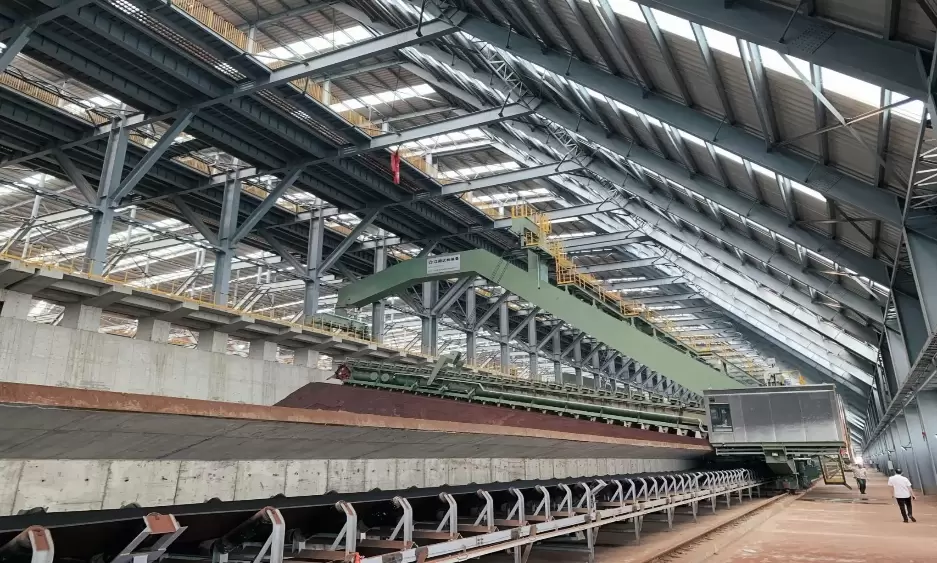LED lights have become increasingly popular due to their energy efficiency and long lifespan. However, it can be frustrating when they unexpectedly stop working or blow out frequently. In this blog post, we will explore the various reasons behind this issue and provide practical solutions to help you troubleshoot and prevent your LED lights from blowing out.
- Poor Quality or Incompatible LED Lights:
One possible reason for your LED lights blowing out is the use of poor quality or incompatible bulbs. Low-quality LEDs may have inferior components, inadequate heat dissipation, or improper voltage regulation, leading to premature failure. Similarly, using LED bulbs that are not compatible with your fixtures or electrical systems can cause excessive heat buildup, resulting in frequent blowouts. To avoid this, always choose reputable brands and ensure compatibility between your LEDs and fixtures. - Overvoltage or Voltage Spikes:
Another common cause of LED light failures is overvoltage or voltage spikes in your electrical system. LED lights are sensitive to voltage fluctuations, and excessive voltage can cause the internal components to fail. To mitigate this issue, consider installing voltage regulators or surge protectors to stabilize the voltage supplied to your LED lights. - Inadequate Heat Dissipation:
Heat is a major factor affecting the lifespan of LED lights. If your LED lights are not properly designed or installed, they may not dissipate heat effectively, leading to premature failure. Ensure that your LED fixtures have sufficient heat sinks or cooling mechanisms to dissipate heat efficiently. Additionally, avoid installing LED lights in enclosed fixtures or areas with poor ventilation, as this can trap heat and reduce their lifespan. - Incorrect Installation or Wiring:
Improper installation or faulty wiring can also contribute to LED light failures. If the wiring is not done correctly, it can cause voltage drops, overheating, or short circuits, leading to blown LEDs. Always follow the manufacturer's instructions and consult a professional electrician if needed to ensure proper installation and wiring. - Environmental Factors:
Environmental conditions can impact the performance of LED lights. Extreme temperatures, excessive humidity, or exposure to moisture can accelerate the degradation of LED components and lead to premature failures. If your LED lights are installed in outdoor or high-moisture areas, consider using waterproof or weather-resistant fixtures to protect them.
Conclusion:
Understanding the reasons behind your LED lights blowing out is crucial for troubleshooting and preventing future failures. By considering factors such as poor quality or incompatible bulbs, voltage fluctuations, inadequate heat dissipation, incorrect installation or wiring, and environmental factors, you can take proactive measures to extend the lifespan of your LED lights. Remember to invest in high-quality LEDs, ensure proper installation, and protect them from adverse environmental conditions. By doing so, you can enjoy the energy efficiency and longevity that LED lights are renowned for.


